An analog watch is a classic symbol of traditional timekeeping that adorns many wrists around the world. Unlike their digital counterparts, these timepieces feature a face with rotating hands which indicate hours, minutes, and often seconds, offering a visual representation of the passage of time. In the age of digital technology, analog watches stand out for their craftsmanship and timeless design.
We often turn to our analog watches not just to tell time, but to make a statement about our style and preference for the classic way of keeping track of the hours. But what is an Analog Watch? Let’s talk about it.
Fundamentals of an Analog Watch
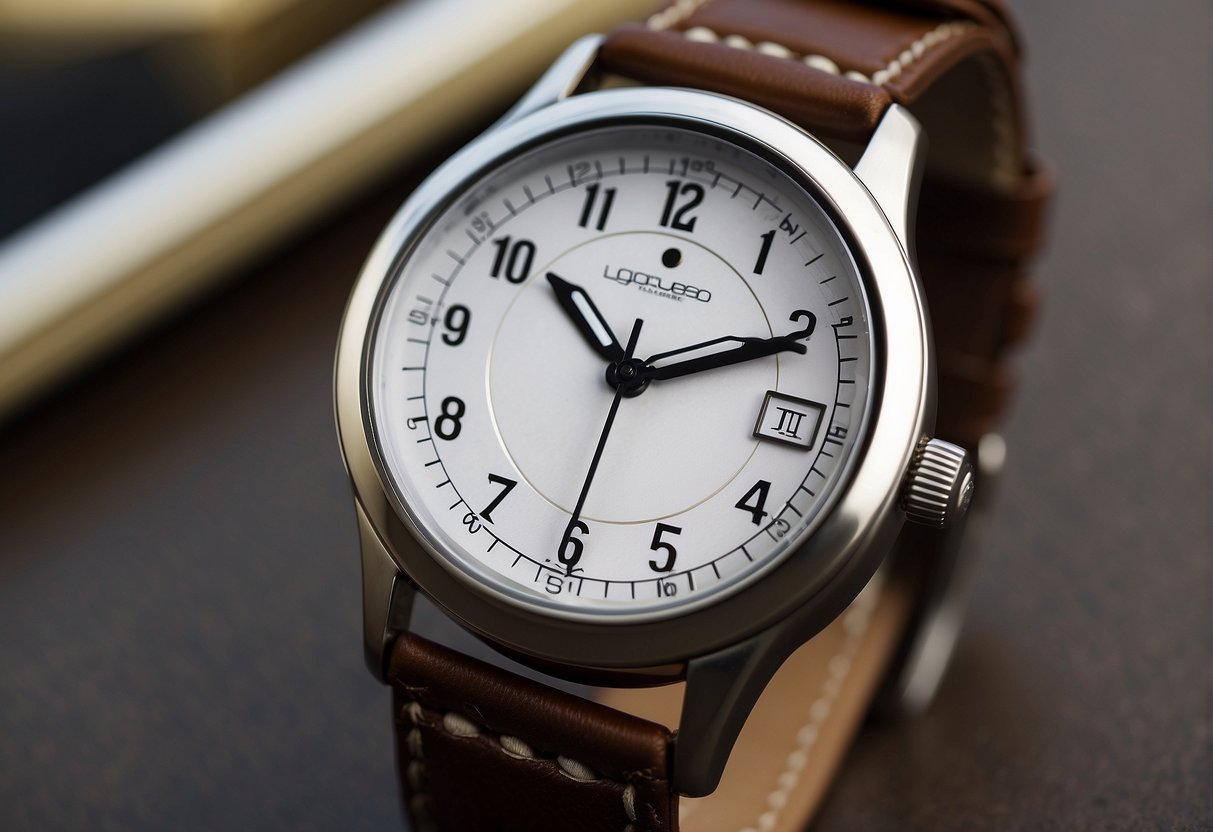
Analog watches set apart their contrast with digital options and the intricate mechanisms that enable them to track time with precision.
Defining the Analog Watch
An analog watch displays the time through a dial featuring rotating hands. Typically, there are three hands: the hour, minute, and second hands, each pointing to numbers or markers arrayed along the dial’s periphery. Analog watches are considered classic timepieces due to their long history and enduring design.
Analog versus Digital Watches
Analog watches present time with a mechanism of moving hands, contrasting with digital watches, which show time as numbers on an LCD or LED display. While digital displays tell time at a glance, analog watches are appreciated for their craftsmanship and aesthetic appeal.
Timekeeping Mechanisms
The movement inside an analog watch is its heart, governing the motion of the hands on the display. Movements can be mechanical, requiring winding, or quartz, powered by a battery. These intricate systems are central to the function and allure of analog watches.
Design and Aesthetics
When we look at an analog watch, we’re not just seeing a tool for telling time; we’re witnessing a convergence of design, tradition, and craftsmanship that elevates it to a piece of wearable art.
Dial and Hands
The dial of an analog watch is its face, where the dance of its hands offers both functionality and elegance. Typically, the design includes an hour, minute, and sometimes a second hand, which sweep across numbered markers or Roman numerals. The layout, whether it be a simple, clean design or one with complicated chronograph functions, speaks volumes about the watch’s personality.
Watch Materials and Craftsmanship
Craftsmanship plays a critical role in the aura of an analog watch. High-quality materials like stainless steel, leather, sapphire crystal, and even precious metals contribute to both the watch’s durability and its sophistication. Meticulous crafting is a testament to the watchmaker’s skill, often visible through a transparent case back.
Style and Tradition
Analog watches are a nod to tradition, embodying a classic and stylish aesthetic that withstands the test of time. They are a perfect amalgam of design elements woven into each other over generations. Owning an analog watch is like wearing a piece of history that continues to evolve with modern style sensibilities.
Types of Movements
The type of movement not only defines how a watch keeps time but also reflects the craftsmanship and engineering behind its design. Let’s delve into the three pivotal movements that power our watches.
Quartz Movement Watches
Quartz watches are hailed for their precision and practicality. At the core of a quartz movement is a quartz crystal that oscillates when an electric current passes through it. These oscillations keep time with remarkable accuracy. What captures our attention with quartz movement watches is their reliability and the minimal maintenance they require.
Mechanical Watches
Mechanical movements are the epitome of classical watchmaking. These watches require no battery, operating entirely through a complex system of springs and gears. The intricate assembly of mechanical movements must be wound by hand, making each mechanical watch a testament to a timeless craft.
Automatic Movement Watches
Automatic movement watches, also known as self-winding watches, merge the traditional approach of mechanical watches with the convenience of not requiring manual winding. They harness energy from the natural motion of the wearer’s wrist to wind the mainspring. Many enthusiasts cherish automatic watches for this harmonious blend of human interaction and mechanical proficiency.
Functionality and Additional Features
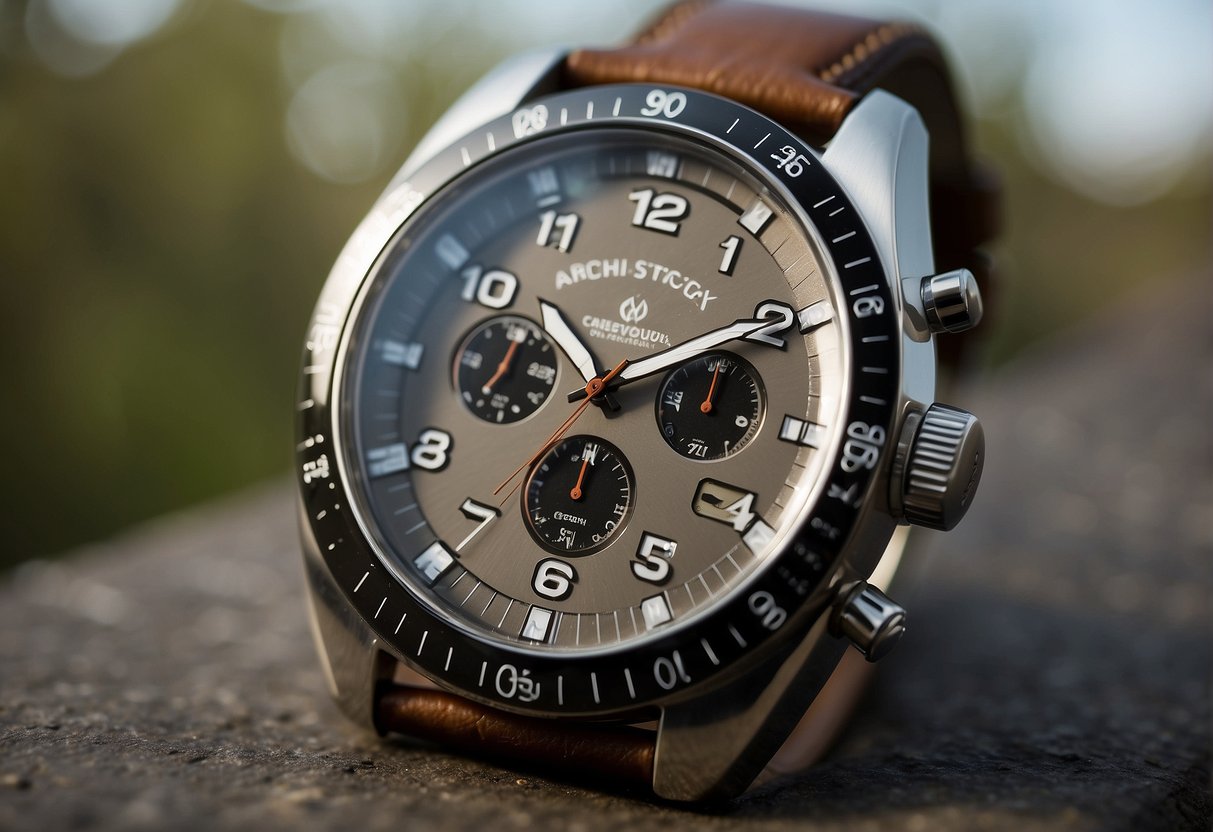
These timepieces blend functionality with intricate features to meet the demands of watch enthusiasts.
Chronograph and Complications
A chronograph function in an analog watch effectively serves as a stopwatch, often with buttons on the case to start, stop, and reset to zero. Beyond timekeeping, complications—additional features besides showing hours, minutes, and seconds—may include calendars showing the day and date, dual time displays for monitoring time in different time zones, and tachymeters for measuring speed.
Water Resistance and Dive Watches
Dive watches are specifically designed to withstand water pressure at varying depths. These timepieces feature a robust water resistance and are marked by their durability and legibility underwater. Dive watches often come with a rotating bezel, allowing divers to track their immersion time.
Smart Features in Traditional Watches
The integration of smart features in traditional watches caters to a modern audience seeking connectivity. While maintaining the classic aesthetic of an analog face, some models incorporate features such as alarms, compassfunctionalities, and calendar alerts, without fully transitioning into a digital smartwatch format.
Caring for Analog Watches
However, to ensure they function reliably, regular maintenance and proper care are crucial steps that we should not overlook.
Maintenance and Care
To keep our analog watches in tip-top shape, regular cleaning is essential. Dust and moisture can accumulate and affect the watch’s performance. We recommend using a soft cloth to wipe the watch’s case, dial, and crystal. For the moving parts and winding mechanism, professional servicing every 4 to 5 years will help maintain the watch’s accuracy and overall performance.
- Daily Care: Avoid exposure to extreme temperatures and moisture.
- Professional Check-Up: Schedule routine servicing.
Battery Replacements and Service
Battery-powered watches require battery replacements periodically, roughly every 1 to 2 years, to ensure continuous function. It’s wise to have this done by a specialist who can also check for any potential damage or leaks that might affect the watch’s reliability.
- Battery Life: Expect 1-2 years on average.
- Servicing: Always use a qualified professional to avoid damage.
Durability and Longevity
The materials used in an analog watch greatly contribute to its durability. Stainless steel or titanium cases resist corrosion, while sapphire crystal can prevent scratches. With careful handling, winding practices, and storage away from magnets and moisture, our analog watches can last generations.
- Handling: Treat with care, especially when winding.
- Storage: Keep in a dry place to preserve longevity.
Cultural Significance and Evolution
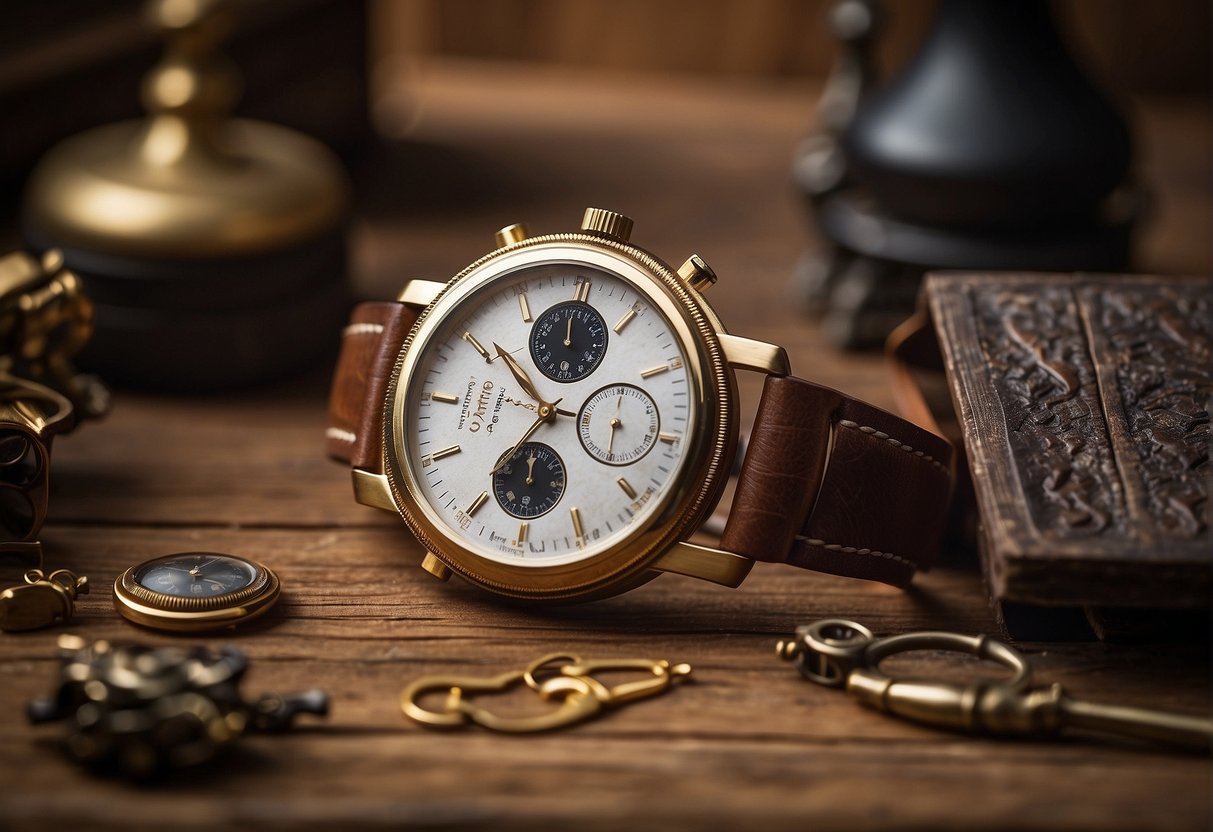
Analogue watches, balancing tradition with innovation, have evolved while remaining a daily companion and a reflection of personal style.
The Watch as a Day-to-Day Companion
Analog watches have long served not just to track the sun’s course throughout the day but also as an extension of our lifestyles. These timepieces have been intricately woven into the fabric of society, enabling us to organize our day and making them indispensable. Many watch brands have become known for their reliability and craftsmanship, turning a simple watch into a trusted partner through each minute of our lives.
Influence of Technology and Innovation
Innovation has prompted a shift in how we perceive timekeeping. The emergence of smartwatches challenges the primacy of traditional watch design. However, the analog watch endures as a symbol of elegance and continuity amidst change. This resilience is a nod to watchmaking traditions that have thrived on technological advancements without losing the essence of what makes an analog watch a retronym in our digital age.
Collecting and Watch Enthusiasts
For watch collectors and enthusiasts, analog watches hold an allure that transcends their practical function. There’s an appreciation for the intricate movements that breathe life into each timepiece. Collecting watches is more than a hobby—it is a commitment to preserving the legacy and artistry of analog timepieces against the backdrop of a swiftly moving digital landscape that often contrasts analog vs digital watches.
FAQ-What is an Analog Watch?
What exactly is an analog watch and how does it differ from a digital watch?
An analog watch is a traditional type of watch that displays time using hands on a dial, typically with hours, minutes, and sometimes seconds hands. It differs from a digital watch, which shows time in a numerical format on an electronic display. Analog watches are known for their classic design and are often preferred for their aesthetic appeal.
How do analog watches work?
Analog watches can be powered by various mechanisms. The most common are quartz movements, which use a battery to send an electric signal through a quartz crystal, and mechanical movements, which are powered by a wound spring. The movements cause the watch hands to move smoothly around the watch face, accurately keeping time.
Can analog watches have additional features besides telling time?
Yes, many analog watches come with additional features known as complications. These can include calendars, moon phase indicators, chronographs (stopwatch function), and alarms. Luxury analog watches often feature more complex complications, showcasing advanced craftsmanship and functionality.
If you liked this blog post about the topic: What is an Analog Watch?, don’t forget to leave us a comment down below to tell us about your experience with it.
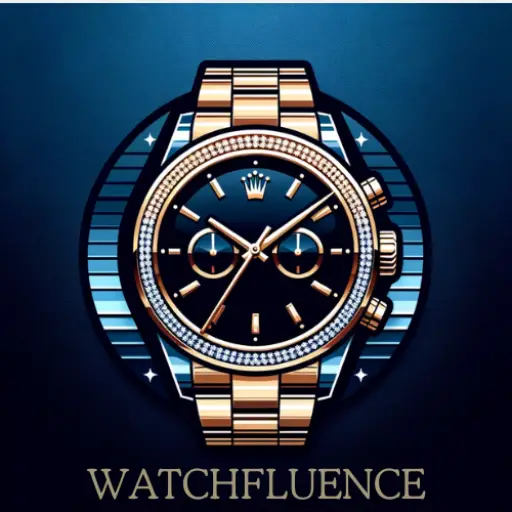
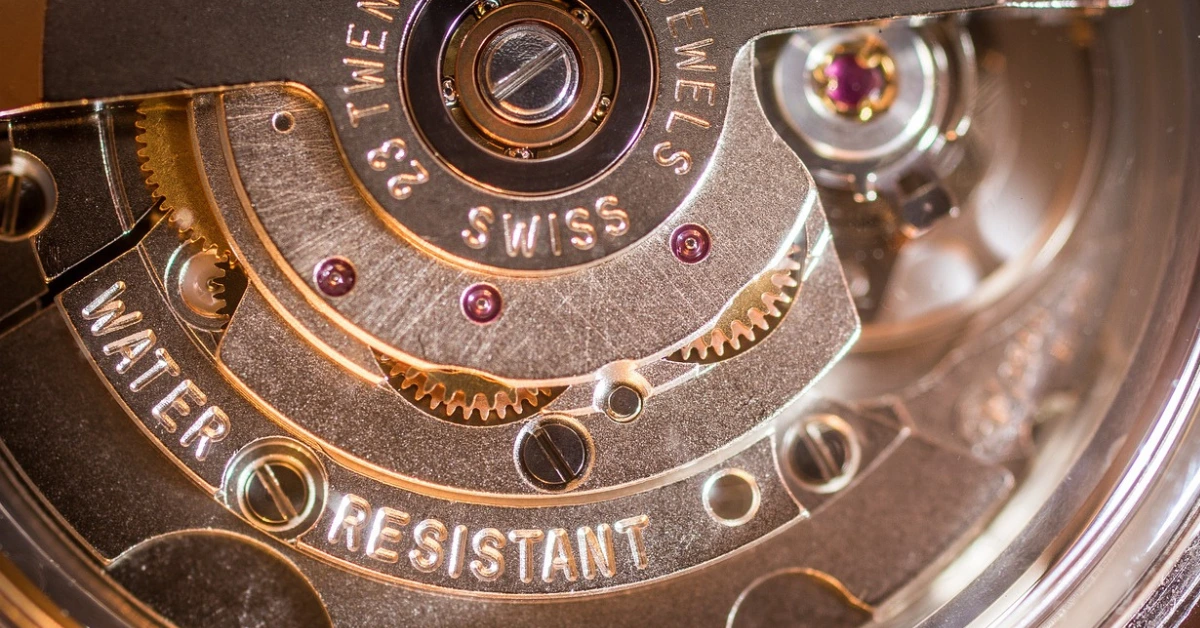

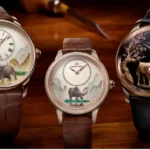



Thank you for your sharing. I am worried that I lack creative ideas. It is your article that makes me full of hope. Thank you. But, I have a question, can you help me?